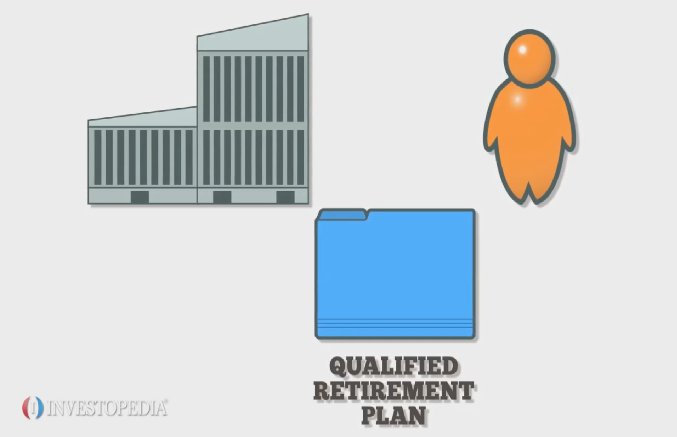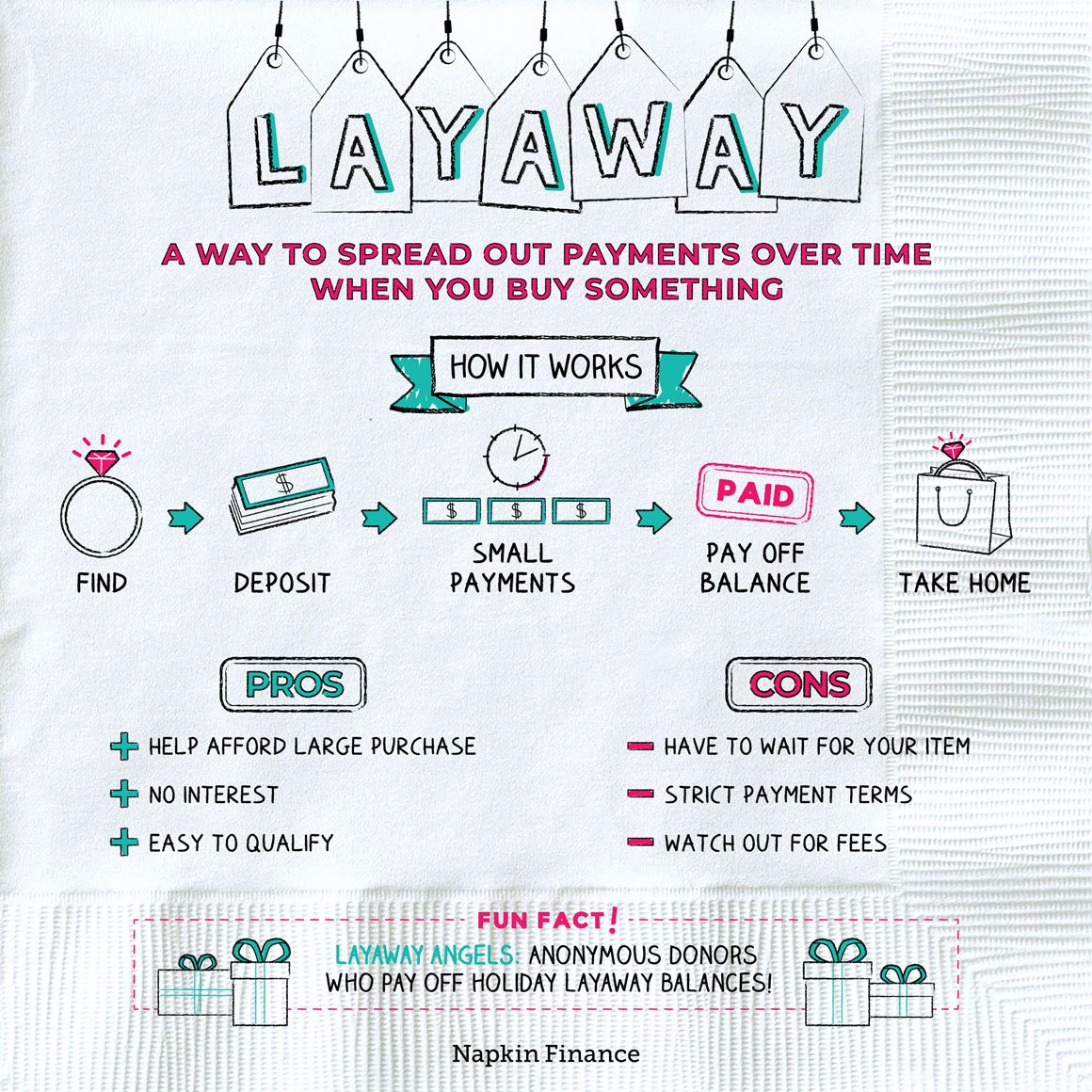A qualified retirement plan is an essential tool for securing your financial future. But what exactly is a qualified retirement plan? Simply put, it is a retirement savings vehicle that meets specific requirements set by the Internal Revenue Service. This plan allows individuals to contribute pre-tax income and grow it tax-deferred until retirement. By participating in a qualified retirement plan, you not only benefit from tax advantages but also have the opportunity to secure a comfortable retirement. In this article, we will delve deeper into what a qualified retirement plan entails, its benefits, and how you can make the most of it. So, let’s embark on this journey to understand the intricacies of a qualified retirement plan and take control of your financial destiny.
What is a Qualified Retirement Plan?
A qualified retirement plan refers to a type of employer-sponsored retirement savings plan that complies with the requirements set forth by the Internal Revenue Service (IRS). These plans offer tax advantages to both employers and employees, encouraging individuals to save for their retirement while also providing financial security in their golden years.
Qualified retirement plans play a vital role in helping individuals build a nest egg for retirement by allowing them to contribute a portion of their income on a pre-tax basis. These plans not only serve as a valuable employee benefit but also serve as a tax-efficient way to save money for the future.
1. Types of Qualified Retirement Plans
There are various types of qualified retirement plans, each with its own unique features and benefits. Let’s explore some of the most common ones:
a. 401(k) Plans
401(k) plans are one of the most popular types of qualified retirement plans. These plans are typically offered by private-sector employers and allow employees to contribute a portion of their salary to a retirement account. Employers may also choose to match a percentage of the employee’s contributions. One of the key advantages of a 401(k) plan is the ability to defer taxes on contributions and investment earnings until retirement.
b. Individual Retirement Accounts (IRAs)
Individual Retirement Accounts, or IRAs, are another type of qualified retirement plan available to individuals. Unlike 401(k) plans that are sponsored by employers, IRAs are self-directed and can be opened by any individual who meets certain eligibility criteria. There are two main types of IRAs: Traditional IRAs and Roth IRAs. Traditional IRAs allow individuals to make tax-deductible contributions, while Roth IRAs offer tax-free withdrawals in retirement.
c. Simplified Employee Pension (SEP) Plans
SEP plans are designed for self-employed individuals and small business owners. These plans allow employers to contribute a percentage of their income (up to a certain limit) into retirement accounts for themselves and their employees. SEP plans offer flexibility and simplicity, making them an attractive option for small businesses.
d. Defined Benefit Plans
Defined Benefit Plans, also known as pension plans, provide a fixed retirement benefit to employees based on a formula that takes into account factors such as salary history and years of service. These plans are less common in the private sector but are still prevalent in government and certain industries. Defined Benefit Plans offer a guaranteed income stream in retirement, providing employees with long-term financial security.
2. Benefits of Qualified Retirement Plans
Qualified retirement plans offer a range of benefits for both employers and employees. Let’s dive into some of the advantages associated with these plans:
a. Tax Advantages
One of the primary advantages of qualified retirement plans is the tax benefits they offer. Contributions made to these plans are typically tax-deductible, meaning employees can reduce their taxable income by the amount contributed. Additionally, earnings on investments within the plan grow tax-deferred until withdrawals are made in retirement. This tax-deferred growth allows retirement savings to compound over time, potentially resulting in substantial savings.
b. Employer Contributions
Employer contributions to qualified retirement plans, such as matching contributions in a 401(k) plan, can significantly enhance an employee’s retirement savings. These contributions effectively provide employees with “free money” and can help accelerate their path to financial security in retirement.
c. Employee Retention and Attraction
Offering a qualified retirement plan can be a valuable tool for employers to attract and retain top talent. In today’s competitive job market, employees place a high value on retirement benefits. By providing a robust retirement plan, employers can differentiate themselves from competitors and create a more appealing compensation package.
d. Retirement Security
Qualified retirement plans play a crucial role in ensuring employees have a secure and comfortable retirement. These plans provide individuals with a vehicle for disciplined savings and investment, helping them build a financial cushion for the future. Additionally, the tax advantages and employer contributions associated with qualified retirement plans allow individuals to maximize their retirement savings potential.
3. Eligibility and Participation in Qualified Retirement Plans
The eligibility requirements and participation guidelines for qualified retirement plans can vary depending on the specific plan and employer. However, there are a few key aspects to consider:
a. Age and Service Requirements
Some retirement plans may require individuals to reach a certain age or complete a specific period of service before becoming eligible to participate. For example, a 401(k) plan may have a minimum age requirement of 21 and a one-year service requirement.
b. Automatic Enrollment
To encourage participation, many employers have implemented automatic enrollment features in their retirement plans. Automatic enrollment enrolls eligible employees into the retirement plan unless they actively choose to opt out. This approach helps increase plan participation rates and promotes retirement savings.
c. Vesting Periods
Vesting refers to an employee’s right to receive employer contributions made to their retirement account. Some retirement plans have vesting schedules that dictate when employees become fully vested in the employer’s contributions. For example, a plan may have a vesting schedule where employees become fully vested after five years of service.
4. Withdrawals and Distribution Options
While qualified retirement plans are designed to provide income during retirement, there are rules governing when and how individuals can access their funds. Here are some important considerations regarding withdrawals and distribution options:
a. Early Withdrawal Penalties
In general, withdrawing funds from a qualified retirement plan before reaching the age of 59 ½ may result in early withdrawal penalties. These penalties are in place to discourage individuals from prematurely depleting their retirement savings. However, there are certain exceptions, such as financial hardship or disability, that may allow for penalty-free early withdrawals.
b. Required Minimum Distributions (RMDs)
Qualified retirement plans, with the exception of Roth IRAs, require individuals to start taking Required Minimum Distributions (RMDs) by April 1st of the year following the year they turn 72 (or 70 ½ if born before July 1, 1949). RMDs are calculated based on life expectancy and the account’s balance and ensure that individuals gradually deplete their retirement savings over time.
c. Distribution Options
Upon reaching retirement age, individuals have several distribution options available to them, depending on their specific retirement plan. These options may include lump-sum distributions, periodic payments, or the ability to roll over funds into an IRA or another qualified retirement plan.
In conclusion, a qualified retirement plan is a powerful tool for individuals to save and invest for their future retirement. These plans offer tax advantages, employer contributions, and financial security, making them an integral part of a well-rounded retirement strategy. By understanding the different types of qualified retirement plans, their benefits, and the rules surrounding participation and withdrawals, individuals can effectively plan for a financially secure retirement.
What's a Qualified Retirement Plan
Frequently Asked Questions
Frequently Asked Questions (FAQs)
What is a qualified retirement plan?
A qualified retirement plan is a type of retirement savings plan that meets specific requirements outlined by the Internal Revenue Service (IRS) in the United States. These plans offer tax advantages to both employers and employees, aiming to encourage individuals to save for retirement. Qualified retirement plans can include 401(k) plans, pension plans, profit-sharing plans, and more.
How does a qualified retirement plan work?
A qualified retirement plan works by allowing employees to contribute a portion of their income into the plan, typically on a pre-tax basis. The funds in the plan grow tax-deferred until retirement. Employers may also contribute to the plan, potentially matching a percentage of the employee’s contributions. Upon retirement, the employee can start receiving distributions from the plan, which are subject to income tax.
What are the benefits of a qualified retirement plan?
Qualified retirement plans offer several benefits. Firstly, contributions made by employees are usually tax-deductible, meaning they can reduce their taxable income for the current year. Secondly, the earnings on investments within the plan grow tax-free until withdrawal. Additionally, some employers offer matching contributions, which can significantly boost retirement savings. Finally, qualified retirement plans may provide additional tax advantages, such as the ability to make catch-up contributions for individuals aged 50 and over.
Can anyone participate in a qualified retirement plan?
Most qualified retirement plans are offered through an employer, so eligibility typically depends on being an employee of a participating company. However, eligibility criteria may vary between plans. Some plans may require employees to meet specific age or service requirements, while others may have immediate eligibility upon hire. It’s essential to review the specific plan documents or consult with your employer to determine your eligibility.
Are there any contribution limits for qualified retirement plans?
Yes, there are contribution limits for qualified retirement plans. The IRS sets annual limits on how much employees can contribute to these plans. For example, in 2021, the maximum contribution limit for a 401(k) plan is $19,500 for individuals under the age of 50. Employees aged 50 and over can make catch-up contributions of up to an additional $6,500. It’s important to note that employer contributions do not count towards these limits.
What happens if I withdraw funds from my qualified retirement plan before retirement?
If you withdraw funds from your qualified retirement plan before reaching retirement age, you may be subject to taxes and penalties. Generally, withdrawals made before the age of 59 1/2 are considered early distributions and are subject to both income tax on the amount withdrawn and a 10% early withdrawal penalty. However, some exceptions exist, such as for certain medical expenses or first-time home purchases. It’s advisable to consult with a financial advisor or tax professional before making early withdrawals.
Can I rollover funds from one qualified retirement plan to another?
Yes, it is often possible to rollover funds from one qualified retirement plan to another. This process, known as a rollover, allows individuals to transfer their retirement savings from one plan, such as a previous employer’s 401(k), to another, like an Individual Retirement Account (IRA) or a new employer’s plan. Rollovers typically need to be completed within a certain time frame to avoid taxes and penalties. It’s recommended to consult with the plan administrators or a financial advisor for guidance on specific rollover rules.
What happens to my qualified retirement plan if I change jobs?
When changing jobs, you have several options regarding your qualified retirement plan. You can choose to leave your funds in the plan offered by your previous employer, roll them over into an IRA or your new employer’s plan, or cash out the plan. Cashing out the plan may result in taxes, penalties, and the loss of potential future growth. It’s generally prudent to explore the benefits and drawbacks of each option before making a decision. Consulting with a financial advisor can help you make an informed choice based on your specific circumstances.
Final Thoughts
A qualified retirement plan refers to a specific type of retirement savings account that meets the requirements set by the Internal Revenue Service (IRS). These plans offer individuals and businesses various tax advantages and incentives to save for retirement. By participating in a qualified retirement plan, individuals can benefit from tax-deferred growth on their contributions and potentially lower their taxable income. Some common examples of these plans include 401(k)s, individual retirement accounts (IRAs), and pension plans. Overall, a qualified retirement plan provides a structured and advantageous way for individuals to save for their post-employment years.



